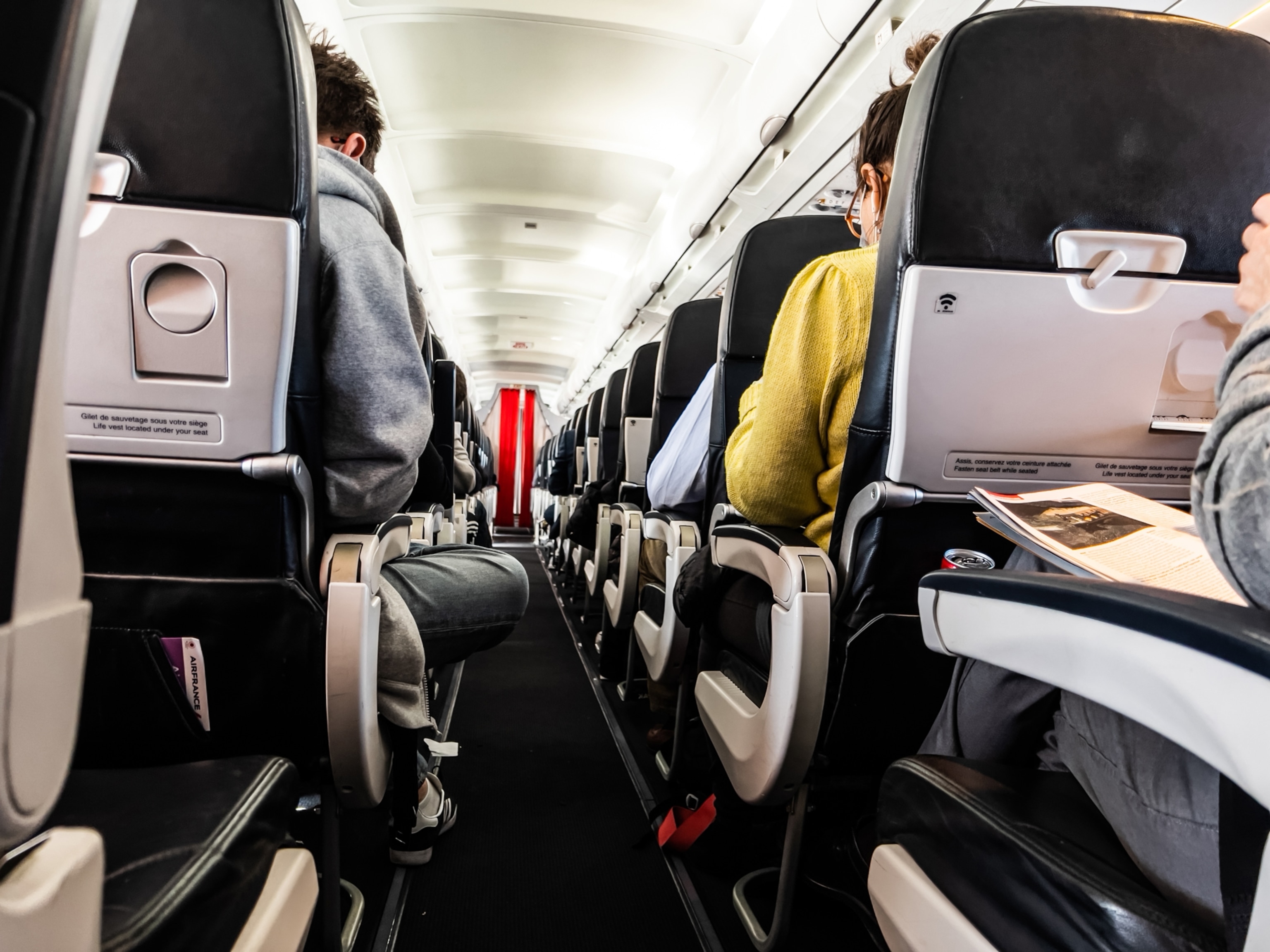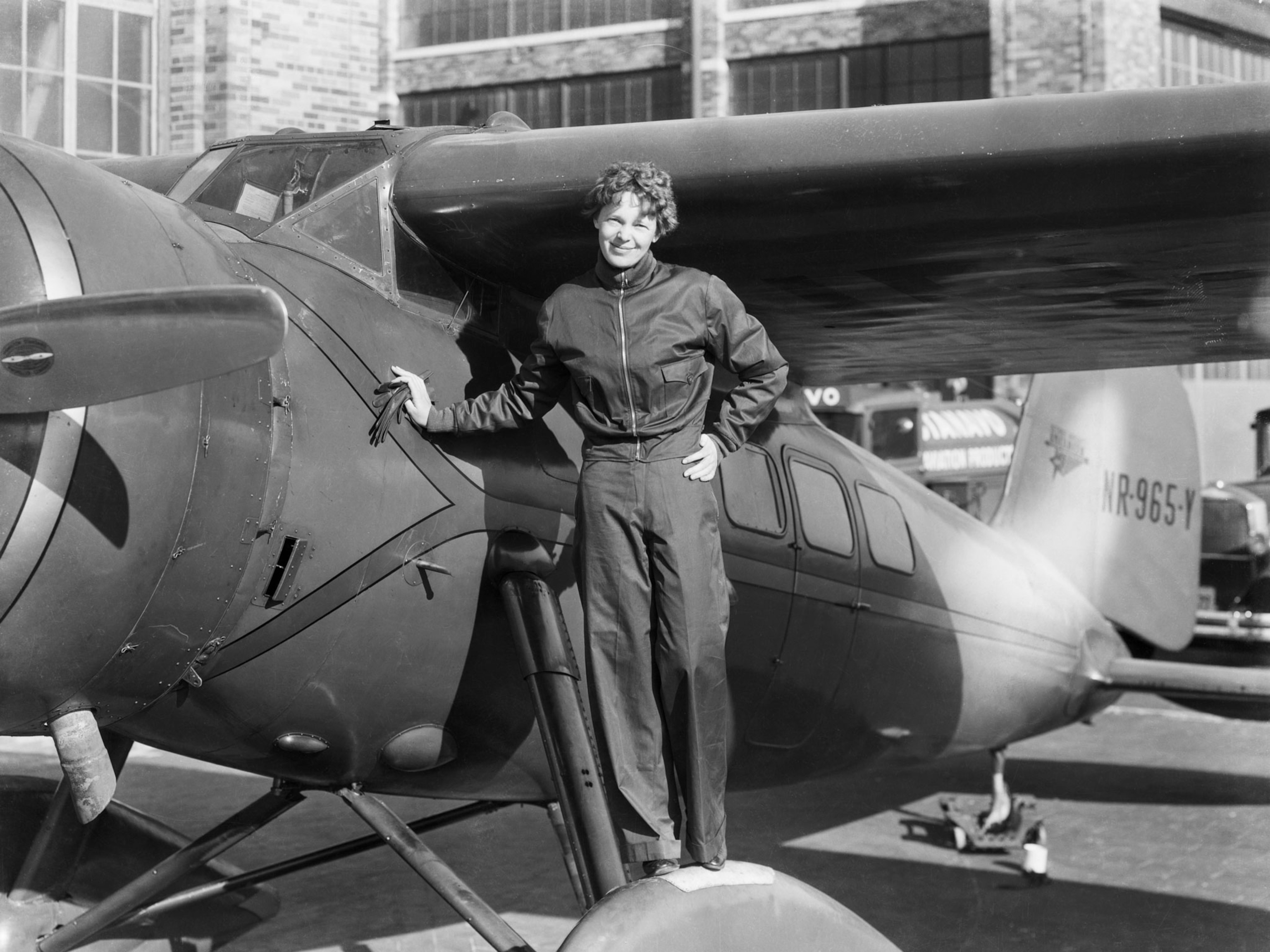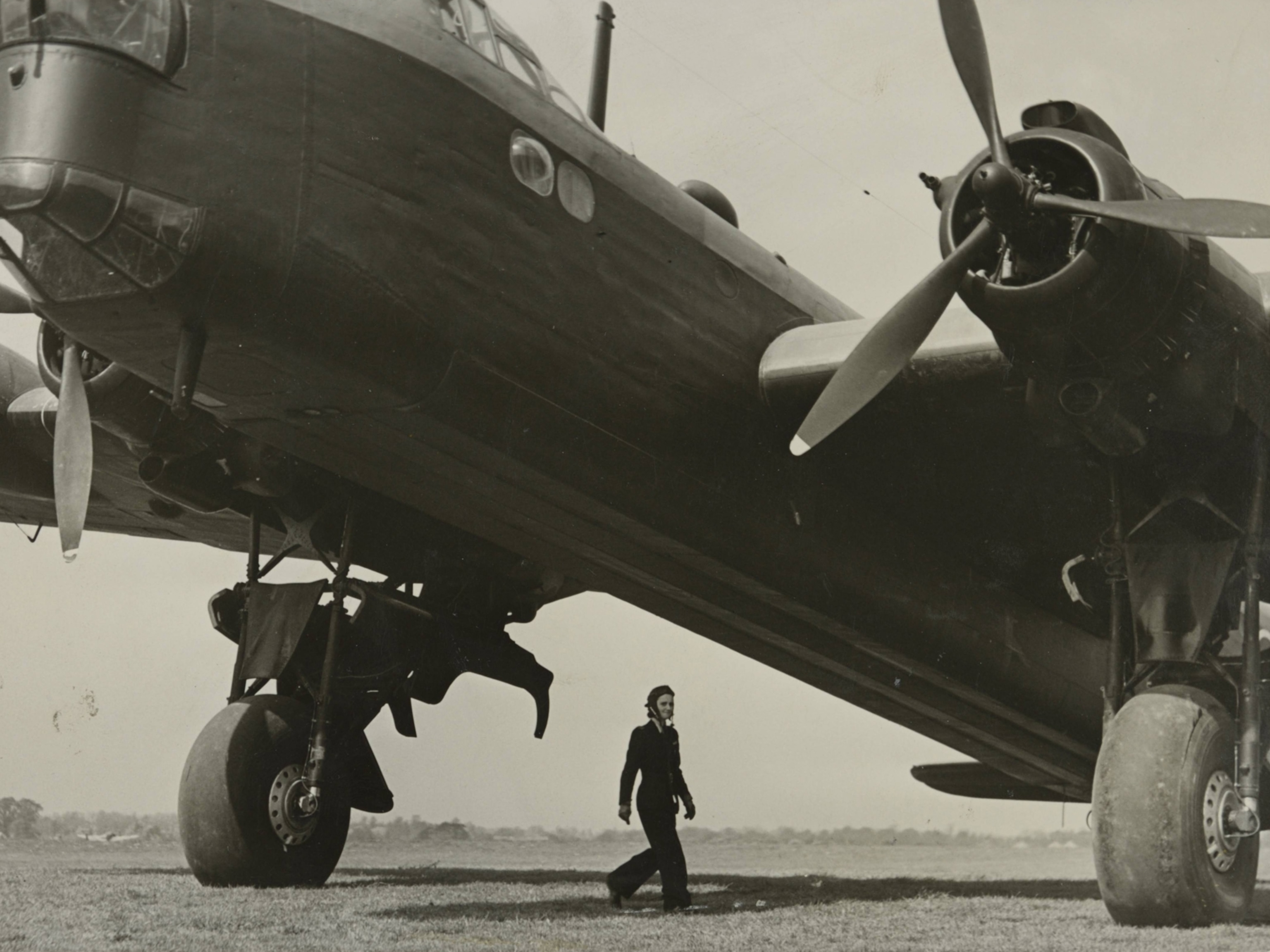
Can an Airplane Door Open in Midflight?
Two incidents raise questions about airplane doors—and ejecting from a plane.
Passengers reportedly subdued a 23-year-old man who had tried to open an emergency exit on an Alaska Airlines flight from Anchorage, Alaska, to Portland, Oregon, on Sunday. Could he have succeeded?
We asked Doug Moss, a commercial airline pilot and an airline safety expert, about the incident on Sunday and about the pilot who ejected from his Air Force F-15 fighter jet today.
Is it possible for a passenger to open the door of a commercial jet while it is in flight?
We're talking about a pressurized airplane, where the internal cabin is at a higher pressure than the outside. The internal pressure is forcing the door outward against the seal. [To open the door] you have to pull the door inward. Because of the differential [difference in] air pressure, it's beyond the capability of a human to do that - they're not strong enough. It's probably 6 p.s.i. (pounds per square inch) of differential pressure against hundreds of square inches of door. So that means it would be something like a thousand pounds you'd have to pull in.
Haven't passengers managed to jump from an airliner?
There was a case in the late 1960s or early 1970s where a hijacker managed to get a door open. But he had the pilot depressurize the plane.
Was that D.B. Cooper?
Yes, he had the guy depressurize the plane. That was the only way he was able to do it. Since that time, the FAA [Federal Aviation Administration] has mandated that the manufacturers disable those doors [the door at the back of the plane that Cooper used; jumping from a side door could mean hitting a wing or engine]. They have a "D.B. Cooper Switch"—that's what they call it—that disables or locks those doors when the [landing] gear is up.
How about planes used for parachuting. How do the jumpers get out?
Those are unpressurized planes. So they'll take off with the door open, or they might open it in flight.
There have been accidents, though, where a cabin suddenly depressurized, including one in the 1980s involving Aloha Airlines in Hawaii, in which a flight attendant was sucked out of the plane. What happens in an incident like that?
The Aloha Air plane had a small internal rip, [partly] from corrosion. If you have a rip in the airframe, the internal pressure will force more material out and rip it further, and then the airstream grabs it and can rip off a good deal of the [plane's] skin. Since that time, the FAA has required more inspections and more analysis of planes in its Aging Aircraft Program.
Have there been other accidents caused by decompression?
Yes. Perhaps the most interesting involved the Comet built by a British aerospace company [in the 1950s]. The Comet was the first jet airliner. It had three decompressions [leading to two crashes] because it had rectangular windows and the sharp corner of a window is a stress point. That's why they don't have rectangular windows in airplanes anymore. The windows are rounded.
We also had news this week of an F-15 pilot ejecting from his fighter jet off the coast of Japan. That's a pretty tough thing, I assume, for many of the same reasons we've been talking about.
Absolutely. The ejection seat is a capable system. I had the unfortunate displeasure of using one myself back in the 1980s. But there's no guarantee it will work. You have perhaps a 40 percent chance of not surviving. If you pull that handle, you are literally betting your life, that you're afraid of imminent death if you don't pull that handle. Also, jettisoning a $50 million airplane—there's a big price to pay careerwise in doing that.
So there's a lot of risk involved, I assume from the depressurization, as well as the speed the plane is moving at.
Fighters are not as pressurized as much as commercial airliners. That's why [the pilots are] wearing a mask and breathing an oxygen dilution all the time. So the depressurization is not as great, though it's definitely there.
It's more about the airplane's speed?
Yes, the speed and the mach number. Above 300 knots, you'll probably have some bruising and broken bones. Above 450 knots, you're either going to be killed or going to have both your shoulders broken. You can have real serious injuries depending on the speed.





